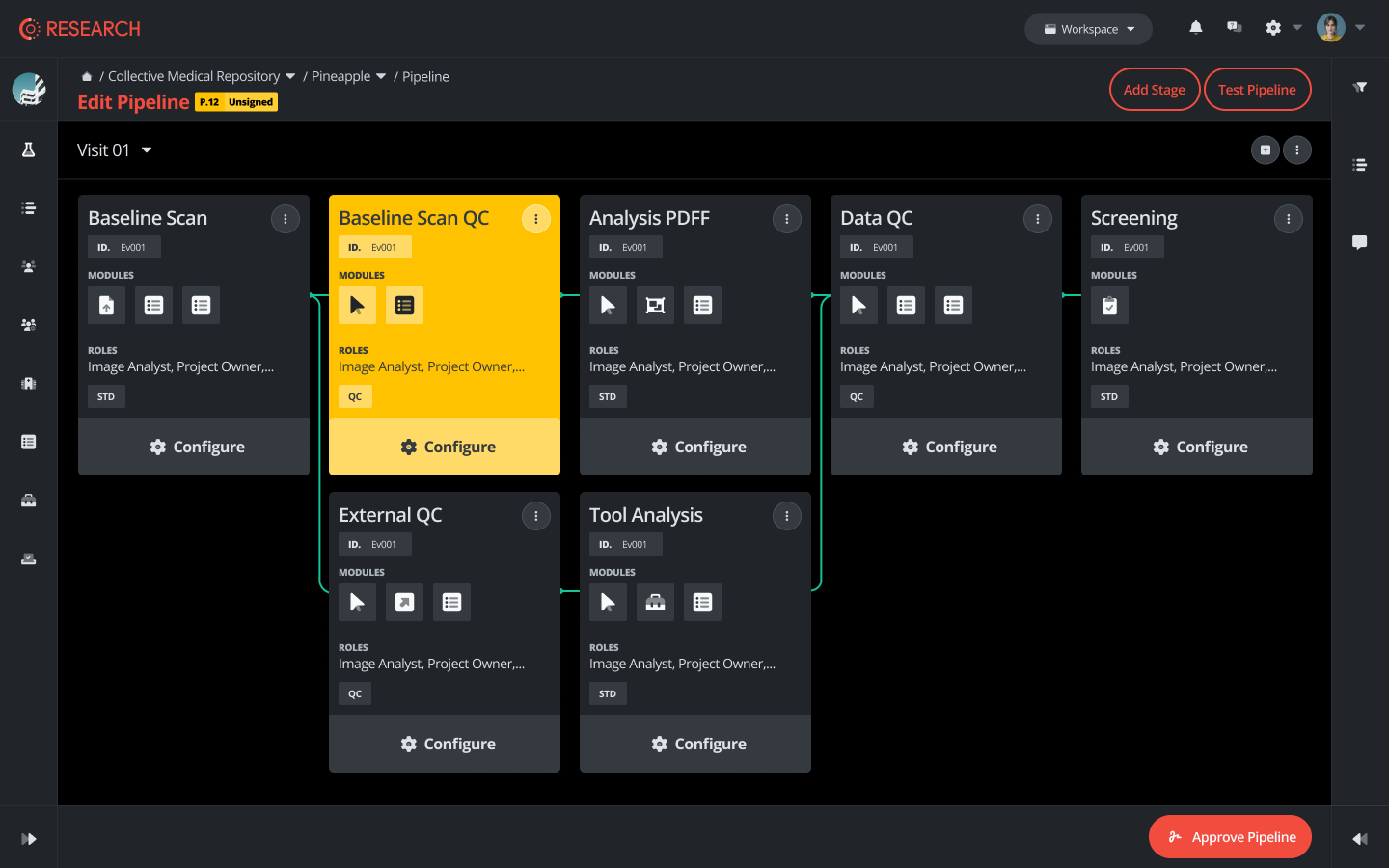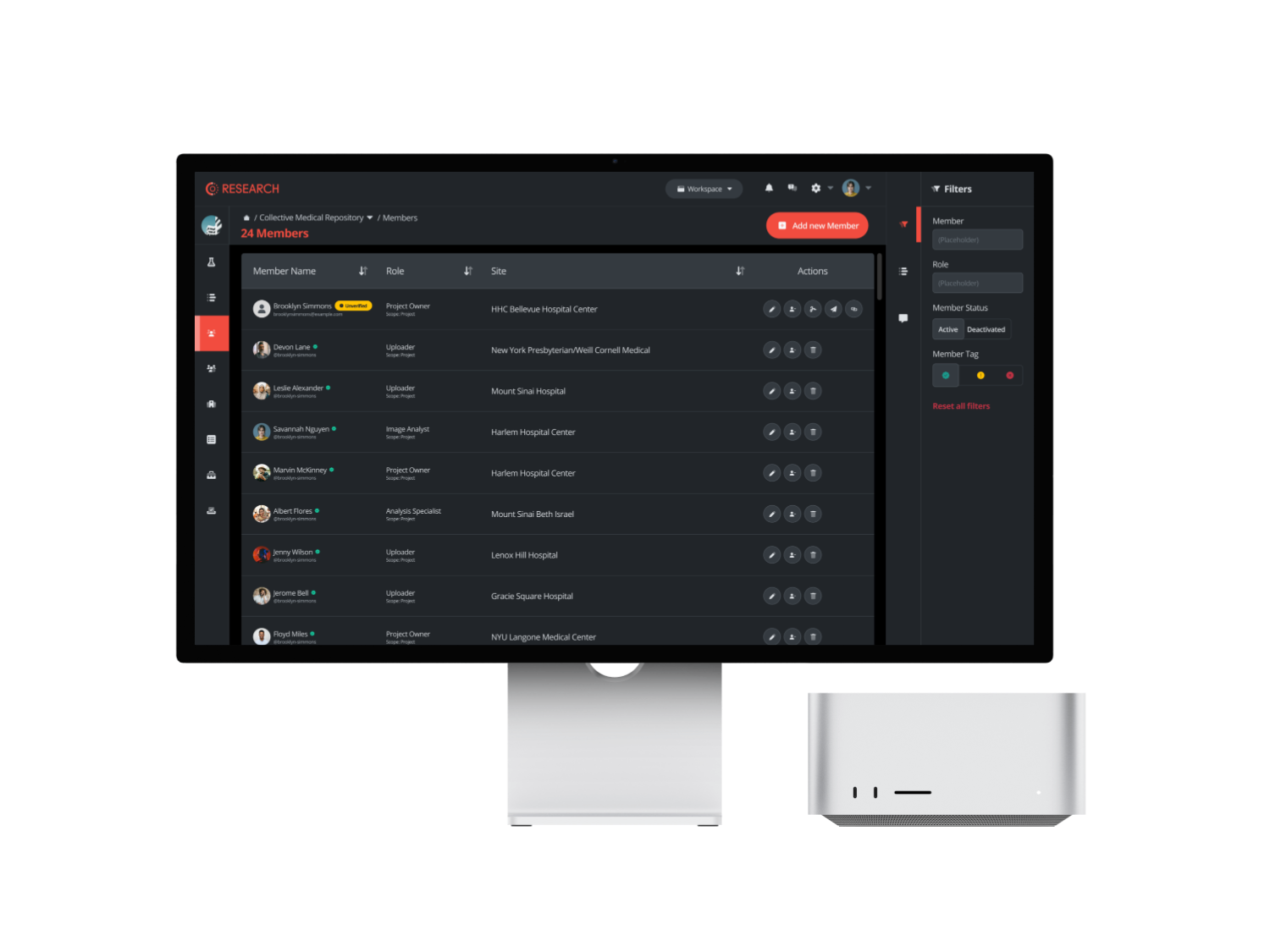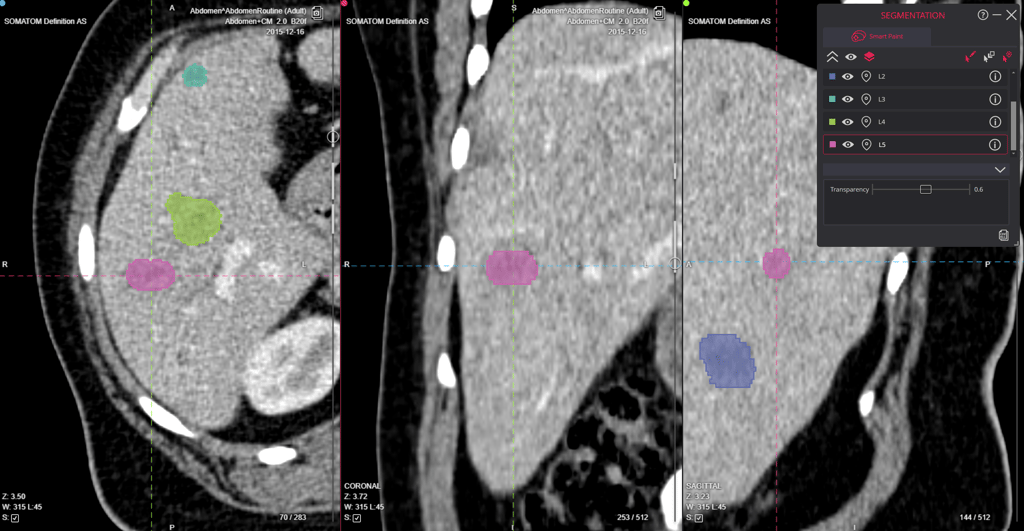Prospective Imaging Trials: A Multicenter Guide for Clinical Research [2025]

Clinical trials form the backbone of medical research, providing essential evidence for advancing healthcare practices. In recent years, imaging has become an increasingly critical component of these trials, offering non-invasive methods to track and evaluate treatment outcomes. The integration of standardized imaging protocols across multiple research centers has revolutionized how we conduct clinical research.
According to the FDA's Clinical Trial Imaging Endpoint Process Standards:
"The purpose of this guidance is to assist sponsors in optimizing the quality of imaging data obtained in clinical trials intended to support approval of drugs and biological products."
Essential Components of Modern Prospective Multicenter Imaging Studies
The evolution of clinical trials has been marked by significant technological advances and standardization efforts. These changes have transformed how we conduct multicenter studies, particularly in imaging-based research. The complexity of managing multiple research sites while maintaining data consistency has led to the development of sophisticated management systems and protocols.
As noted in the British Journal of Cancer:
"Imaging techniques are increasingly used in oncological clinical trials to provide evidence for decision making. With the application of conventional morphological imaging techniques and standardised response criteria based on tumour size measurements, imaging continues to be used to define key study end points."
Also Read: Medical Imaging Workflow: Optimize Clinical Trial Success
Optimizing Protocol Design and Standardization Across Multiple Centers
The success of multicenter imaging trials depends heavily on standardization and careful protocol design. Research published in PMC on Medical Imaging in Clinical Trials states:
"Medical imaging can help answer key questions that arise during the drug development process. The role of medical imaging in new drug clinical trials includes identification of likely responders, detection and diagnosis of lesions and evaluation of their severity, and therapy monitoring and follow-up."
Modern protocol design incorporates standardized imaging parameters, quality control measures, and comprehensive data management procedures. These elements work together through integrated clinical trial management systems to ensure consistency across all participating centers.
Also Read: Best Practices for Multi-Centric, Multi-Modal Clinical Trials with Imaging Endpoints
Advanced Image Acquisition and Quality Assurance
Quality assurance in multicenter imaging trials requires a comprehensive approach that goes beyond basic standardization. The process involves regular equipment calibration, proper patient positioning protocols, and centralized quality control measures. These elements are managed through sophisticated imaging trial platforms that ensure consistency across all participating sites.
Data Management and Security in Prospective Imaging Research
The digital nature of modern imaging trials generates enormous amounts of data that must be carefully managed and protected. Security protocols must comply with international standards while maintaining efficient access for authorized personnel. The implementation of HIPAA-compliant systems and standardized data formats has become essential for successful trial execution.
Also Read: Streamline Your Clinical Trials With Imaging Endpoints
Accelerating Multicenter Imaging Trials with Modern Technology
The complexity of managing prospective multicenter imaging trials has driven significant technological innovation in the field. Modern trials require sophisticated solutions that can handle everything from protocol implementation to data analysis. This evolution has led to the development of specialized platforms designed specifically for imaging trial management.
The Role of Collective Minds Research
Collective Minds Research has emerged as a comprehensive solution for these complex challenges. The platform integrates protocol standardization, data management, and quality control into a single system. It provides automated workflow management, real-time monitoring capabilities, and sophisticated data analysis tools through a centralized platform.
The system accelerates trial execution through streamlined setup processes, automated data collection, and integrated quality control measures. It ensures consistent protocol implementation across all participating sites while maintaining the highest standards of data security and privacy compliance. Key features include:
- Site qualification, data transfer and setup processes
- Real-time monitoring and quality control
- Centralized image repository management
- Integrated results delivery and analysis tools
- HIPAA and GDPR compliant data handling
Introduction to Collective Minds Research for CROs
Future Trends in Prospective Imaging Trials
The field of imaging trials continues to evolve with new technologies and methodologies emerging regularly. Artificial intelligence and machine learning are increasingly being integrated into trial design and data analysis. Cloud computing and advanced automation are making it possible to manage larger, more complex trials with greater efficiency and accuracy.
FAQ Section
What defines a prospective multicenter imaging study?
A prospective multicenter imaging study is a forward-looking research project conducted across multiple medical institutions, using standardized imaging protocols to evaluate specific clinical outcomes.
How are imaging protocols standardized across multiple centers?
Standardization is achieved through detailed protocol documents, site qualification procedures, regular quality control checks, and centralized image review processes.
How is data privacy maintained in multicenter imaging trials?
Data privacy is maintained through secure transfer protocols, data encryption, automated de-identification processes, and strict access controls following HIPAA and GDPR requirements.
 Collective Minds Research Members Management
Collective Minds Research Members Management
Reviewed by: Anders Nordell on January 5, 2025




